Why menswear needs Martine Rose
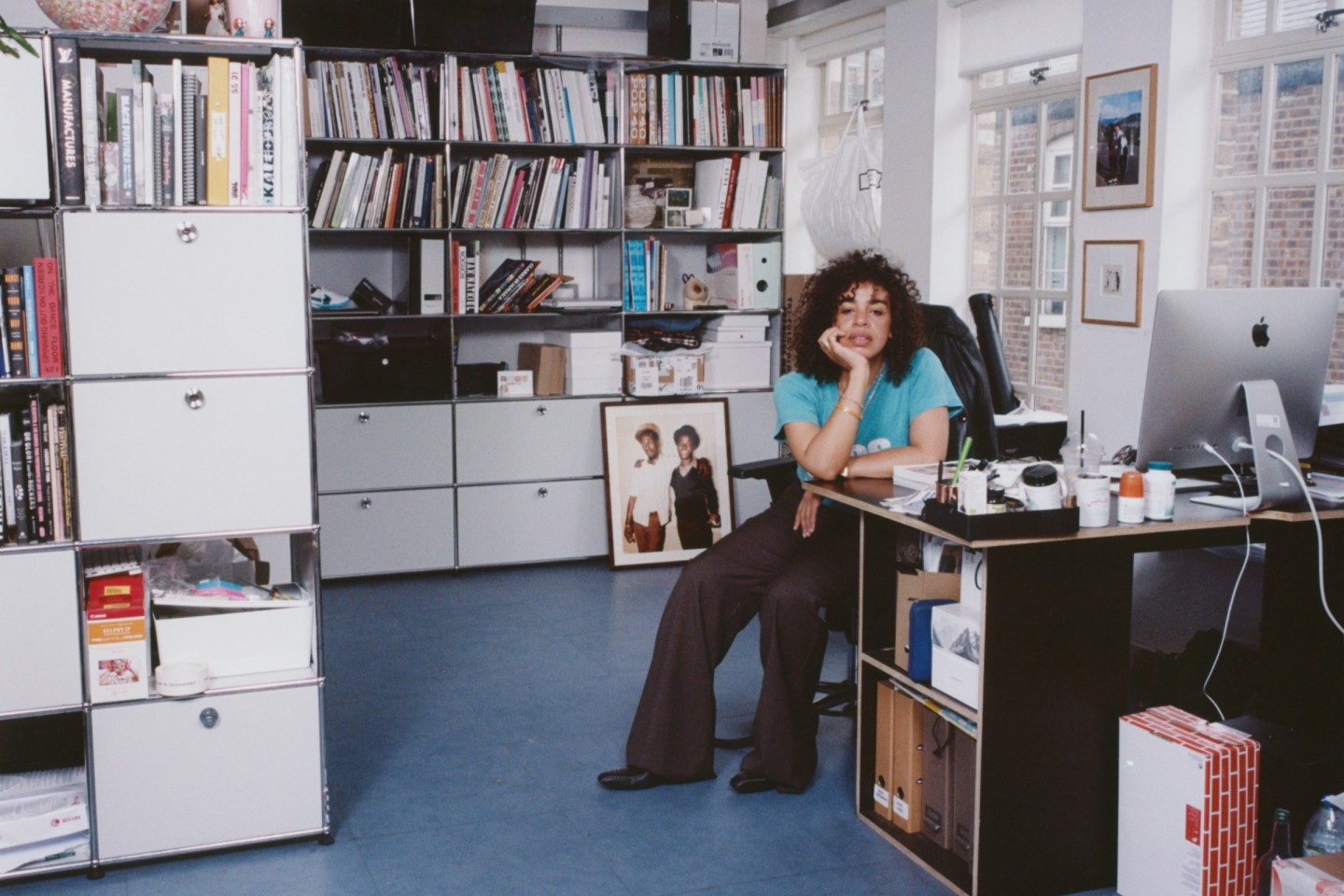
Roula Khalaf, Editor of the FT, selects her favourite stories in this weekly newsletter.
A sweltering summer evening in London – one of the few the capital will see this year – and the fashion industry is cramming into a small church community centre in Highgate. The essentials of the place haven’t changed in decades – old pub stools, discernibly sticky floors – but multicoloured lights dot the ceilings, a walkway has been carved out among the tables, and an LED ticker tape at the far end of the room spells out in a vivid sex-club red the reason we’re here: SS24 MARTINE ROSE. The atmosphere is buzzing and congenial. The artist Alvaro Barrington, sitting on one faded banquette, says that it all reminds him of church gatherings where he grew up in Brooklyn. “It’s genuine,” he says.
We are already deep in the world of Martine Rose. Electric and eccentric, heavy on community and diversity but also undeniably sexy and louche: this is the London-born designer in a nutshell. The locale is pretty standard for her, considering she has also shown in both her daughter’s primary school and in an old sauna. Finally, over thudding house, a very varied selection of models strut out in a mix of avant-garde workwear and tailoring: hi-vis details paired with slouchy jackets; roomy sportswear clashing with lacy camisoles; elegant swishing coats topped off with baseball caps and pearls. It is both off-kilter and familiar, as though the casts of Only Fools and Horses and Top Boy had decided to weekend in Ibiza.
“I was looking at the line-up just before everyone was going on,” says Rose, 43, a few weeks later, “and I was like, ‘But this is London, innit?’ And I know it does sound cheesy. But it’s best of British – what being British, particularly London, is at its core.”

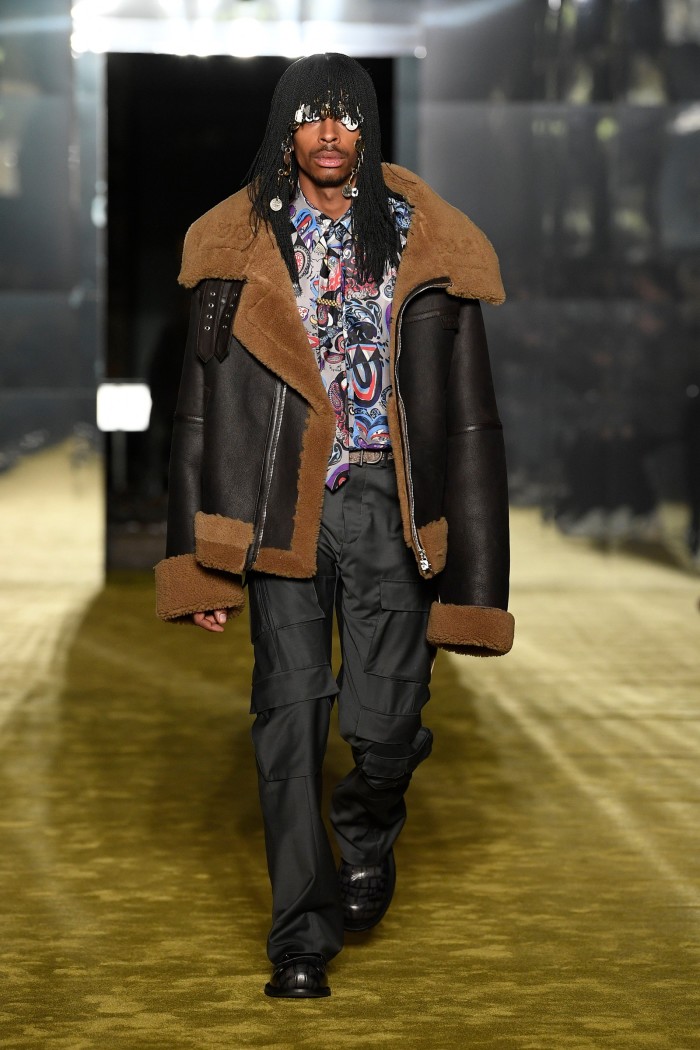
Martine Rose created her namesake label 16 years ago, working in pubs and clubs to fund her first collections. Slowly, incrementally, she has shifted from cult outsider to industry heavyweight, worn by Rihanna, Drake or Kendrick Lamar – who gave her the ultimate accolade of namechecking her in a song. Long-rumoured to be in the running to replace the late Virgil Abloh at Louis Vuitton, she has hardly been held up by losing out on the gig to Pharrell Williams. She made her international debut at Florence’s Pitti Uomo in January, her latest collection for Nike was unveiled during the Women’s World Cup, and she was recently announced as guest creative director for Clarks – the shoe company’s first in 200 years.
Outside investment from “brand accelerator” Tomorrow, which acquired a 60 per cent stake in the business in 2021, has turned the independent outfit into a feasible financial proposition, with 15 employees (and nearly as many regular freelancers) and 181 stockists in 27 countries. The company is still small and doesn’t reveal its turnover, but its influence is huge: the designer’s consulting for Balenciaga menswear, melding her aesthetic with that of creative director Demna, was a key part of the brand’s vast growth. If you’ve ever seen a twentysomething male heading out in a wide wonky jean, or a top bearing a wittily upended logo, then you’ll have seen this influence at work too. Once she sold T-shirts reading “Martine: Probably the Best Designer in the World”, a typically tongue-in‑cheek riff on the famous Carlsberg advert. The thing is: many think she might be.
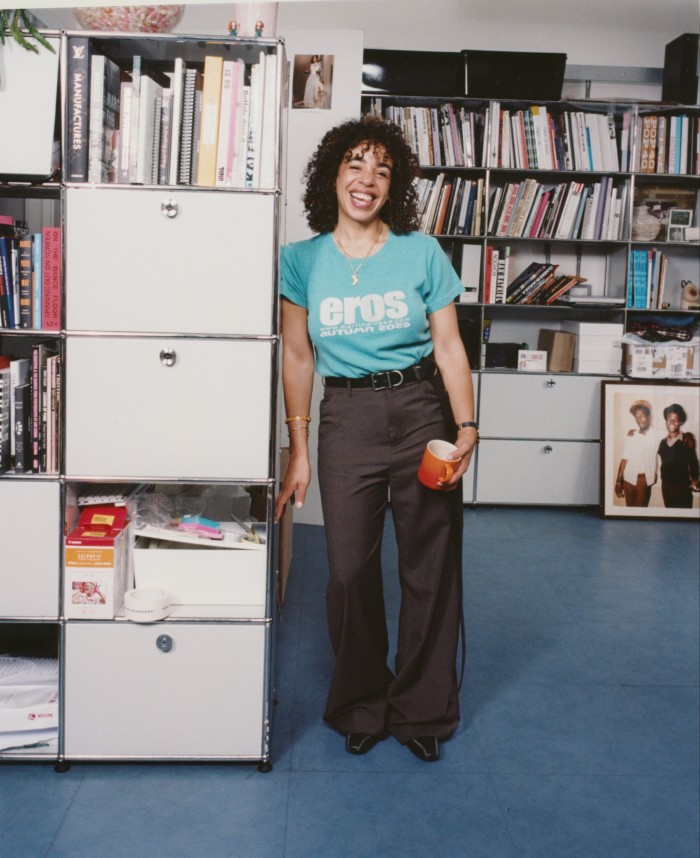
“For me, she’s in the top two best menswear designers that exist right now, with Raf Simons,” says Stavros Karelis, whose boutique Machine-A has stocked the brand for more than a decade. “People are talking nonstop about Martine in China right now. Our store in Shanghai is almost a barometer of popularity among the 88 brands that we stock – and Martine is one of the most requested.”
For Lulu Kennedy, founder of Fashion East, who first saw Rose give a presentation of shirts in a Soho members’ club more than a decade ago, the recognition is long overdue: “She waited a long time for people to catch up.” Kennedy finds Rose’s mash-up of musical and sporting influences – rave or northern soul, football or cowboy – fascinating. “And the office tropes,” she says. “It’s so hot and it’s so wrong. It’s a bit like: imagine if I fancied the estate agent?”

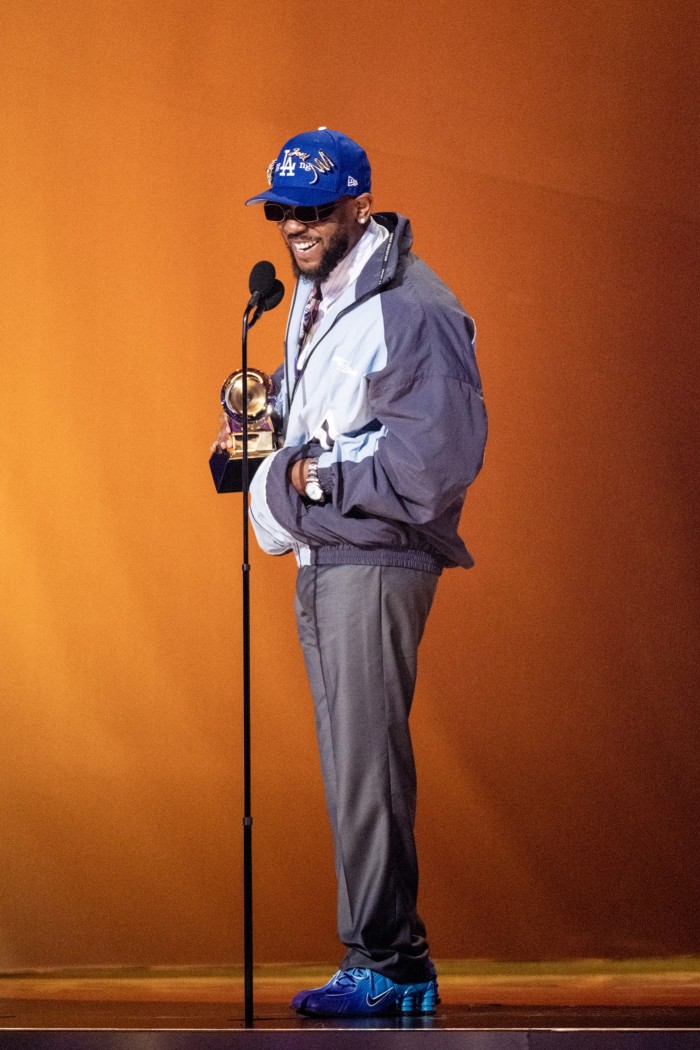
In her studio, the woman herself doesn’t give the impression of eyeing world domination. “I’m not a planner.” She shakes her head. “I’m not a strategist.” Has she ever tried to be one? “No!” A small, warm presence, Rose sits in a swivel chair at her desk, dressed in a faded black T-shirt, camouflage combats and black Nike trainers, various pieces of smart gold jewellery on her fingers and wrists. The open-plan HQ is crammed with clothes, photographs, boxes, prototypes; an image of the Stella Artois logo sits on a photocopier, hinting at a future collaboration. “When I first started the business, people were like, ‘Who’s your target audience?’” she recalls. “And I really tried to be methodical and to plan. And I lost my instinct, or something. It becomes flat. So I like to fly by the seat of my pants.”
Growing up the child of British and Jamaican parents, Rose was more immersed in music than in catwalks – her older sister was the Vogue obsessive. “Some of my friends working in fashion had been poring over fashion magazines since they were nine or 10… I was absolutely not like that at all.” At most, the brands that filtered down to her were the ones you’d see in the clubs she started frequenting in the 1990s: Versace, Jean Paul Gaultier, Moschino. “It was only when stuff became connected to something real, like music or a place – that’s when it really came alive.”
She got into fashion relatively late, while at art college. Her label was partly inspired and funded by her bar work: “I met so many interesting people.” She was happy in that world, more “ambivalent” about mainstream fashion, but a call from Balenciaga’s creative director Demna, who had long been a fan, back in 2015, asking her to work on his menswear gave her more confidence and cash.
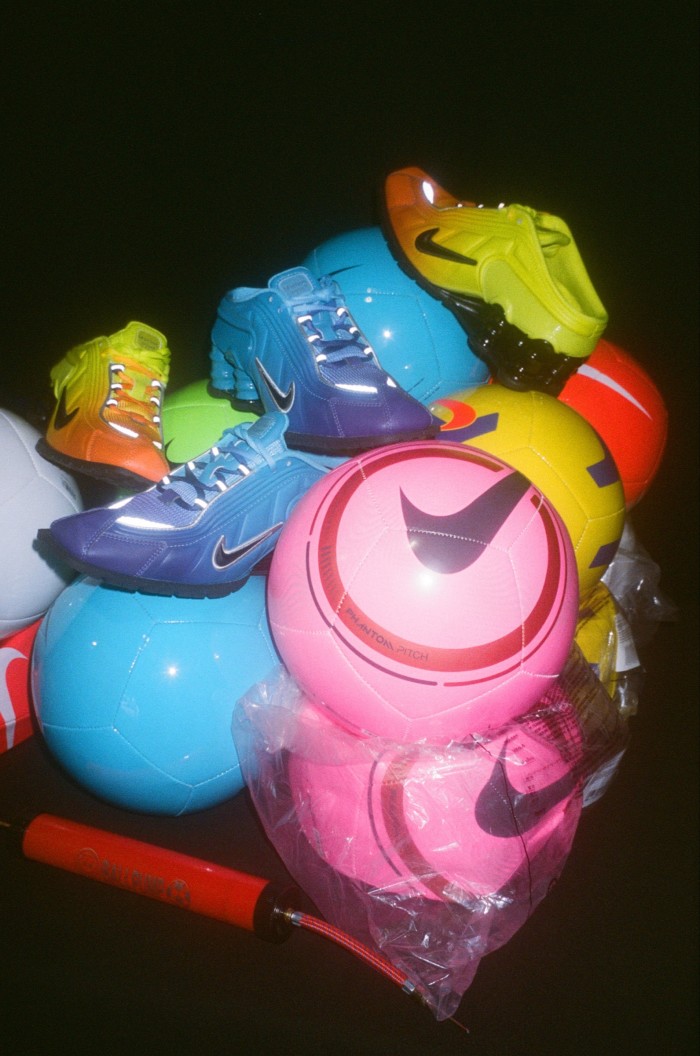
“It taught me so much,” she says. “It gave me the opportunity to invest in my own brand. It was a real confidence boost. Like: ‘oh! People do like what I do. They think it’s relevant, and I can run a team properly.’”
Asked if she can pinpoint her aesthetic, she swivels a little in her chair. “It has to be based in reality,” she says. “I love designers that can create a total fantasy and take you to a different world, like Comme des Garçons. But that’s not the sort of designer I am. I really like it when things look familiar, so there’s this feeling of warmth to it, but it’s almost like looking through a funhouse mirror. It’s skewed. That’s why I love menswear so much, because there are so many rules – so many things to push up against.”
When Rose first got into menswear, it was “not the commercial choice”, she says. “It always felt a bit wonky and weird.” Since she began designing, the industry has exploded: its growth is expected to outpace womenswear in the next few years, reaching $547.9bn by 2026. Rose has also been ahead of the curve in her encouragement of gender fluidity – but with caveats. “I always say that I’m predominantly a menswear designer. I think that there’s something basically unsexy about saying ‘genderless clothes’ – because there’s a tension in the gendering, I guess. But that doesn’t mean that I think men can’t wear women’s clothes and men can’t wear women’s clothes, and everyone in-between can wear whatever they like. It’s clothing, at the end of the day. Why not?”
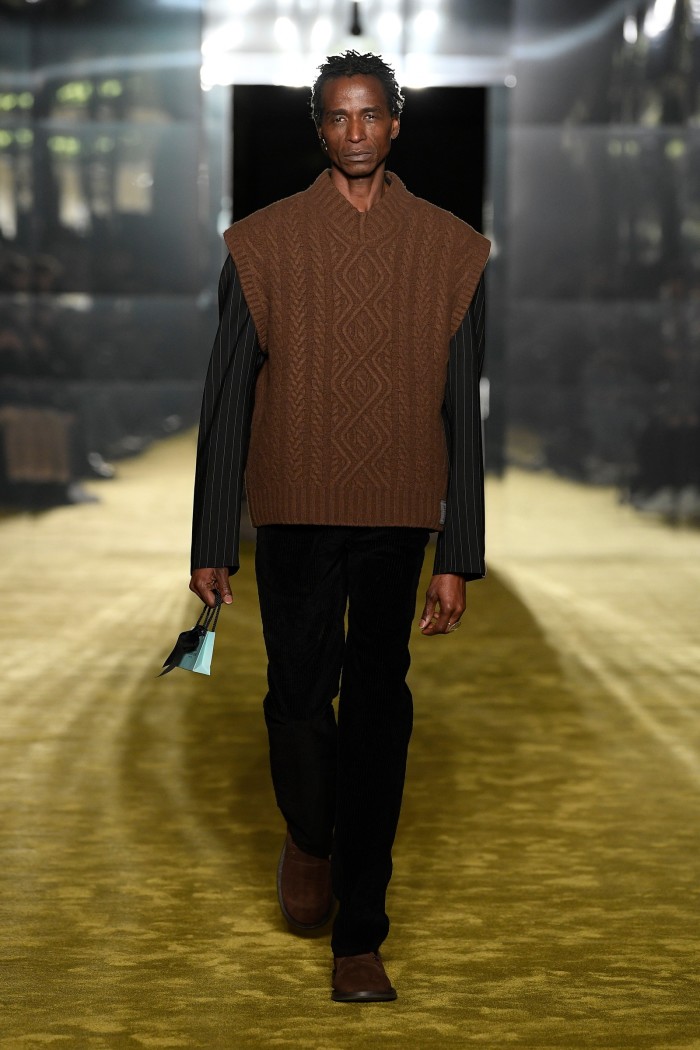
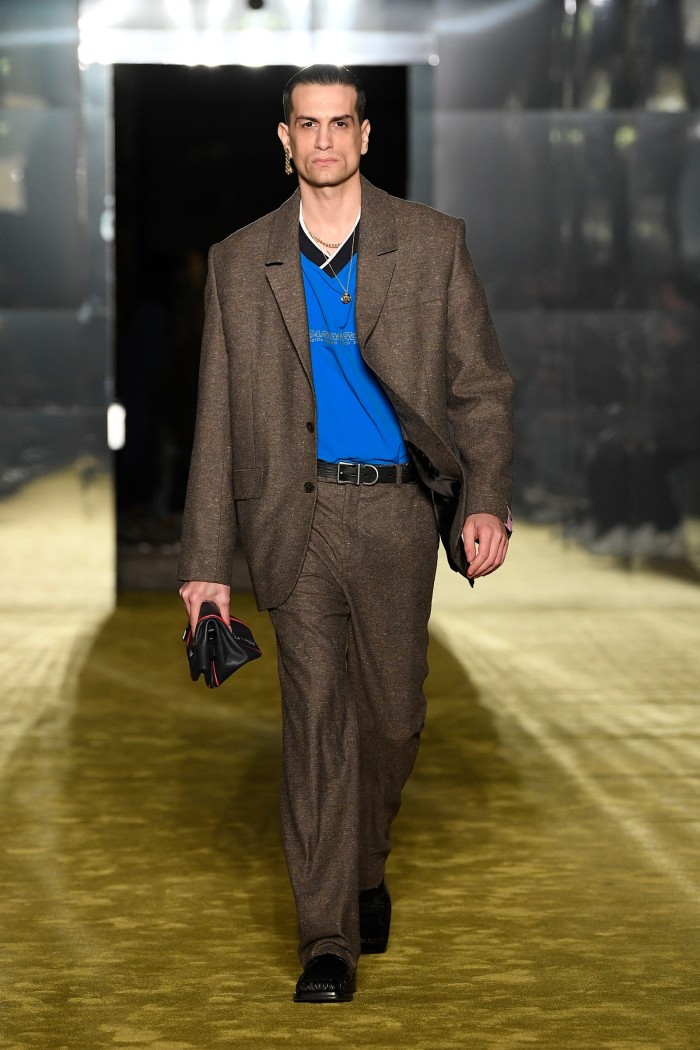
The brand currently proposes a mix of clothes, footwear and small accessories. “We sell every category,” she says. “It’s not like we do this amazing collection and we just sell a little bag and that keeps everything afloat.” Her jersey does particularly well, with T-shirts starting at £135. A customer favourite, she says, is the square-toed mule (from £595): a hybrid design that references the type of Patrick Cox or Red Or Dead shoe people would wear clubbing in the ’90s, when trainers often weren’t allowed. “It has this streetwear-club reference, and it also has this smartness. It’s a hybrid, it spans the decades. I love them.”
Expect the same subversion from her collaboration with Clarks. The agreement involves two collections (called Coming Up Roses). Clarks’ chief marketing and digital officer, Tara McRae, says that Rose was “number one” on their shortlist of potential designers because her brand proposes a vision, a culture, and not just product. Says McRae: “It’s not just about the design of the product but how it gets brought to life – from concept to consumer.”

Martine Rose oversized denim jacket, £531

Martine Rose L/S pulled neck polo shirt, £261

Martine Rose classic bomber jacket, £891
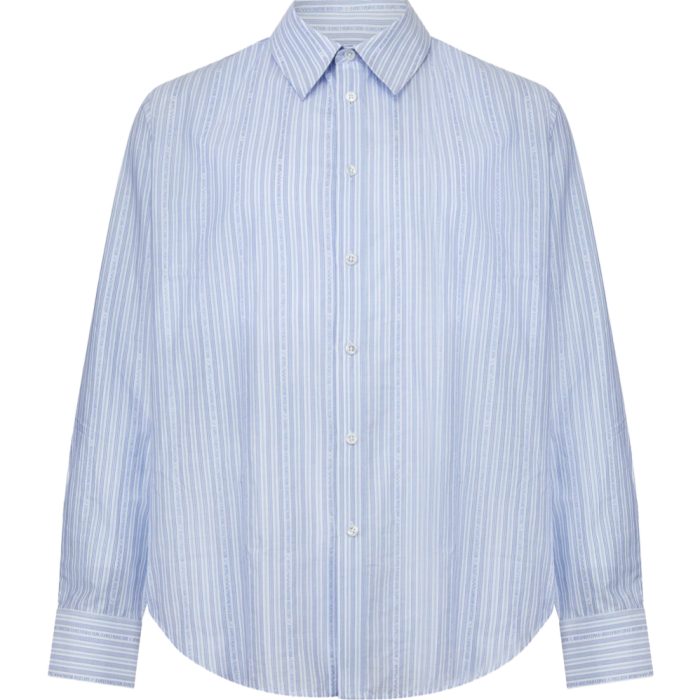
Martine Rose classic shirt, £333
Towards the end of our conversation, we address those long-standing rumours about Louis Vuitton. The designer was considered a potential successor at the label until the surprise announcement that Pharrell had got the job threw all speculation out of the window. Rose can’t confirm or deny much. “They certainly made the right decision for them,” she says of Williams’s appointment. As for her: “I didn’t apply for anything,” she shrugs. “I’ve never applied for a job in my life.” But what if another house came calling? “It’s possible – but it’s not something that I’m looking for. I’m not doing this to get another job! This isn’t just a really expensive 16-year CV.”
Rose frequently says how much she loves her work – she especially enjoys the creative freedom. The investment from Tomorrow is, she says, relatively hands-off. “I don’t have men in suits going, ‘No, you can’t do that’, or [telling me] what sort of targets they need. It’s very free in terms of that. But it’s given me the solid ground to know that, every season, I’m not going to go under.” There is, of course, an expectation of growth, and that she’ll build the range in a “more balanced” way. “You have the showpieces, the crazy ideas, and then that filters down… and that doesn’t come to me naturally,” she admits of the commercial expansion undergone by many brands. But yes, ultimately she’d like to do core products such as leather goods and perfume.
“That’s 100 per cent in the plan – in the vague, vague plans that I have,” she says. But, “I’m in no rush. I have no retirement plan… This is my retirement plan! I’ll still be here, in my squeaky chair, going, ‘I’ve got no plans!’” She punctuates this with a raucous laugh. What she doesn’t need to add is that, as far as a non-strategy goes, it seems to be working just fine.
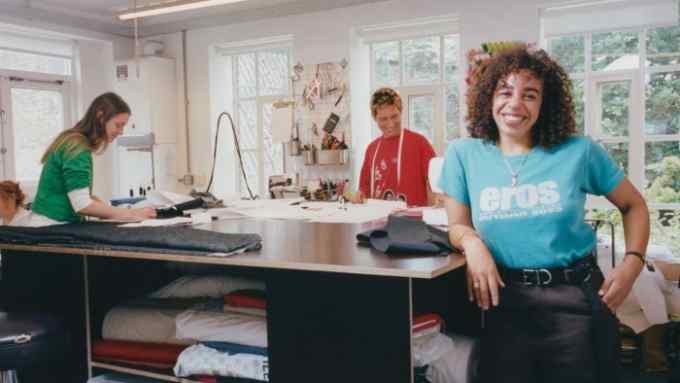
Comments